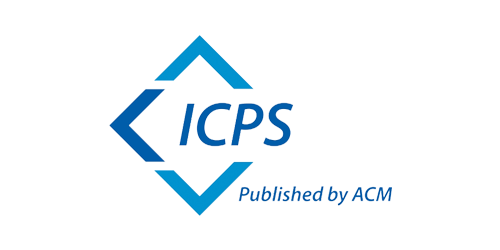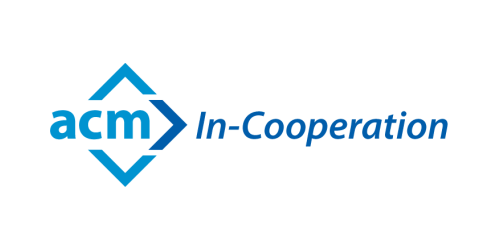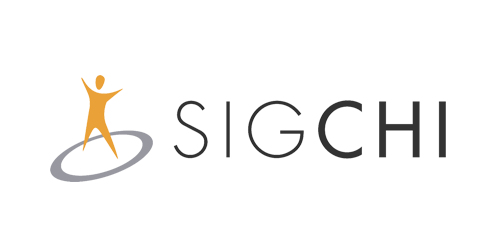The Audio Mostly organising committee would like to welcome researchers, interaction designers, engineers, artists, practitioners, audio professionals, and anyone interested in sound as a medium of interaction, to Audio Mostly 2017. The conference will be held on 23-26 August 2017 at Queen Mary University of London (QMUL), UK.
Audio Mostly is an interdisciplinary conference on design and experience of interaction with sound that prides itself on embracing applied theory and reflective practice. Its annual gatherings bring together thinkers and doers from academia and industry that share an interest in sonic interaction and the use of audio for interface design. This remit covers product design, auditory display, computer games and virtual environments, new musical instruments, and education and workplace tools. It further includes fields such as the psychology of sound and music, cultural studies, system engineering, and everything in between in which sonic interaction plays a role. The 2017 edition will be a lively and sociable mix of oral and poster paper presentations, demos, concerts, and workshops.
Audio Mostly 2017 is organised by the Centre for Digital Music (C4DM) at Queen Mary University of London (UK), which is a world-leading multidisciplinary research group in the field of music/audio science and technology.
As in previous years, the Audio Mostly 2017 proceedings will be published by the Association for Computing Machinery (ACM) and made available through their digital library (TBC). Regular papers will be single-blind peer reviewed.
Conference Theme “Augmented and Participatory Sound/Music Experiences”
At the intersection between augmentation (“the action or process of making or becoming greater in size or amount”) and participation (“the action of taking part in something”) lies the idea of expanding how we interact with our environment and becoming actively involved in situations. Applied to science, the arts, health and the environment, these themes invite to push back the frontiers of design and interactions, to propose new artistic formats adapted to audience creative interventions, or to improve accessibility and empower people. Both augmentation and participation are linked to the sense of agency; augmentation generally implies increased degrees of freedom or access to new information, and participation in design or the arts involves a redistribution of the roles between designers/artists and users/audiences. The concept of augmentation can be applied to a wide range of objects (e.g. musical instruments, concert stage, garments, everyday objects), situations/actions (e.g. live performance, mixing, cooking), and reality itself with “augmented reality” systems and displays providing new sensory information. Participation can be applied at different stages of the production-consumption chain. For instance, participatory design gathers designers and users to conjunctly create artefacts, and participatory art leads to shared contributions from artists and audience participants.
What is the potential of sound/music in facilitating augmentation and/or participation?
Augmentation and participation both have the potential to transform our emotional or personal association with situations, people and objects.
How does augmentation and/or participation applied to sound/music affect our life and experiences? What are their advantages and what are their drawbacks?
Audio Mostly 2017 encourages the submission of regular papers (oral/poster presentation) addressing such questions and others related to the conference theme and the topics presented below.
List of Topics
The Audio Mostly conference series is interested in sound interaction design in general and provides a space to reflect on the role of sound/music in our lives and how to innovate to create new experiences through sound. We encourage original regular papers (oral/poster presentation) addressing the conference theme or other topics from the list provided below. We welcome multidisciplinary approaches involving fields such as human computer interaction, music informatics, information and communication technologies, sound design, visualisation, composition, perception/cognition and aesthetics.
- Augmented and Participatory Performance (special session, see Paper special sessions)
- Digital augmentation (e.g. musical instruments, stage, studio, audiences, performers, objects)
- Participatory experiences
- Augmented and virtual reality with or for sound and music
- New interfaces for musical expression
- Smart musical instruments
- Sonic arts and interactive sound installations
- Live performing arts
- Auditory display and sonification
- Sonification of health and environmental data
- Auditory data mining and big data sonification
- Affective computing applied to sound/music
- Interfaces or synthesis models for sound design
- Interfaces for audio engineering and post-production
- Sonic interfaces for information retrieval
- Signal processing, machine learning and semantic analysis for interactive audio applications
- Semantic web music technologies
- Internet of ‘Audio Mostly’ Things
- Digital music libraries
- Music information retrieval
- Music recommendation
- Gestural interaction with sound or music
- Biosensors and sound/music interaction
- Musical acoustics
- Architectural acoustics
- Acoustic ecology
- Soundscape studies and interactive soundscapes
- Immersive and spatial audio
- Game audio
- Computational musicology
- Intelligent music tutoring systems
- Sound and image interaction: from production to perception
- Audio branding
- Participatory and co-design methodologies with or for audio
- User studies
- Experience design
- Ethnography
- New methods for the evaluation of user experiences of sound and music
- Philosophical or sociological reflections on Audio Mostly related topics
- Accessibility
- Psychology, Cognition, Perception, Psychoacoustics
- Aesthetics
Papers related to the theme
Papers on augmentation and participation are welcome, e.g. novel interaction models and systems, use cases, evaluations, or reflections on the theme in the form of position papers. Studies can for instance be presented from the perspective of the objects (e.g. musical instruments, everyday objects), places (stage, recording studio, workplace, home), users (e.g. performers, audiences, engineers, city or rural citizen), or a combination of different perspectives. Examples of applications (non exhaustive list) include live participatory performing arts (music, dance or theatre) involving augmented stage and “augmented audiences” capable of influencing the narrative on the fly, musical instruments that can be played remotely or systems promoting music making by people with disabilities.
Audio Mostly 2017 introduces two topics relevant to its theme “Augmented and Participatory Sound/Music Experiences”:
- “Internet of Audio Mostly Things” which addresses the augmentation of connected things for or through audio using web technologies;
- “Interactive soundscapes” which addresses soundscape recordings or compositions that can react and adapt to audience inputs in flexible ways.
Paper special sessions
Please check the Paper special session section of the website.
If you would like to organise a paper special session, please address your proposal by email to the Paper and Program Chairs (am2017-chairs@qmul.ac.uk).
Submission information
Please check the Authors’ instructions & submission section of the website.
Contact
For more information or questions, please contact the organising committee at:









